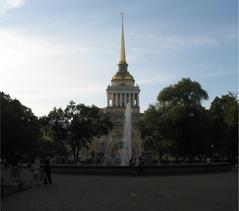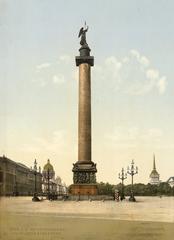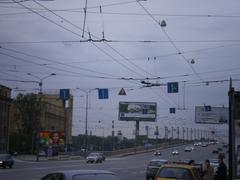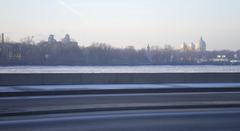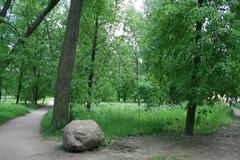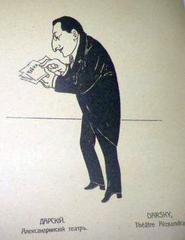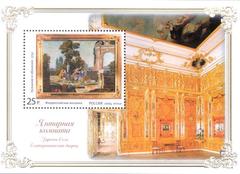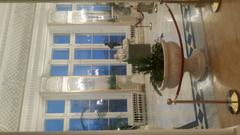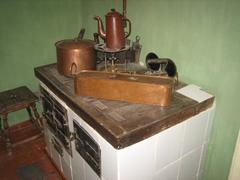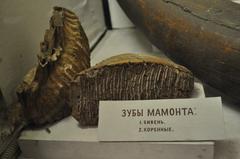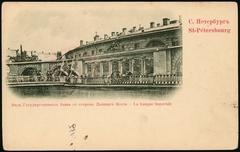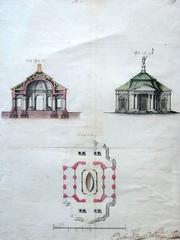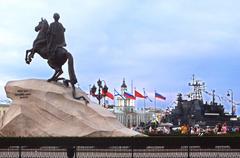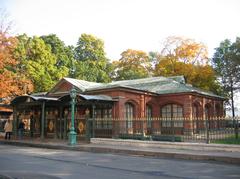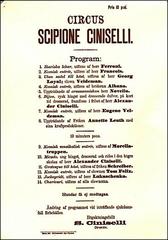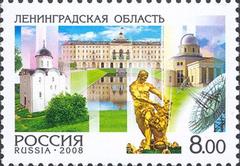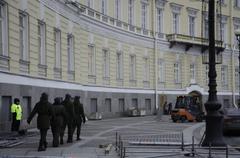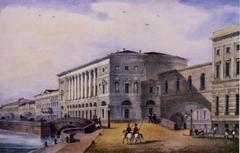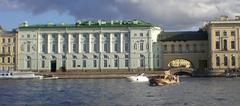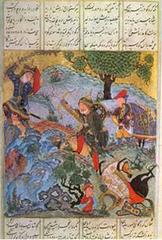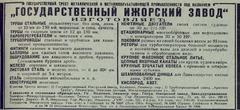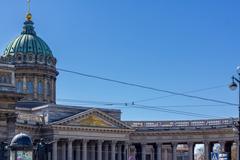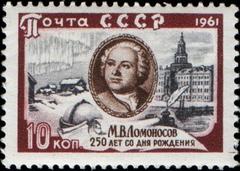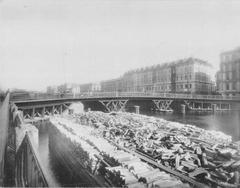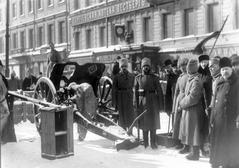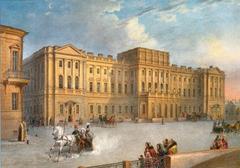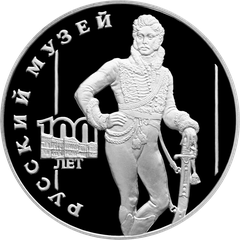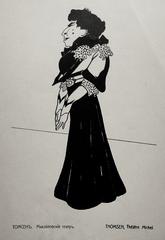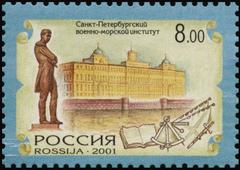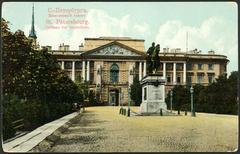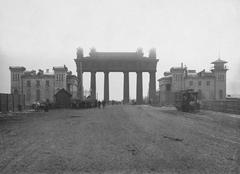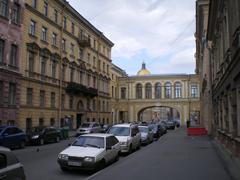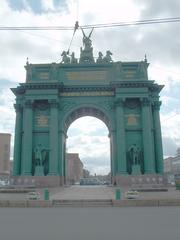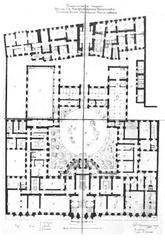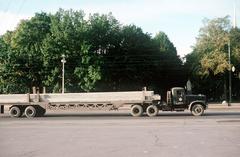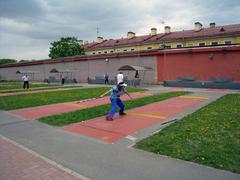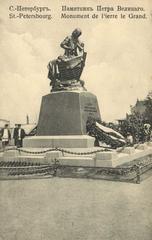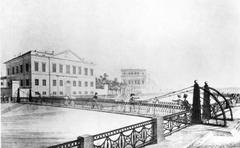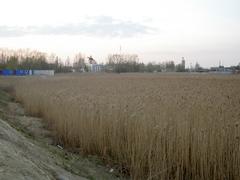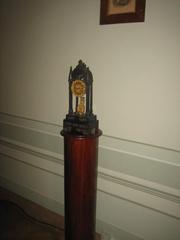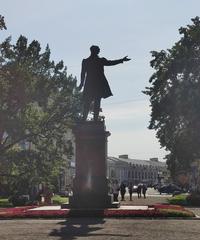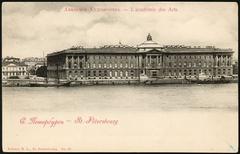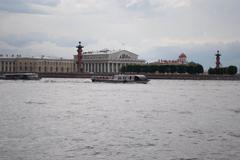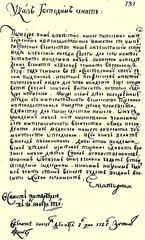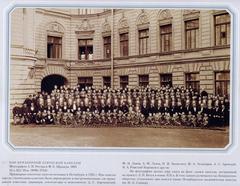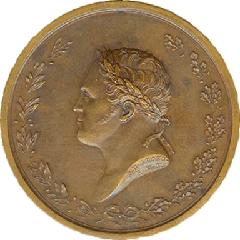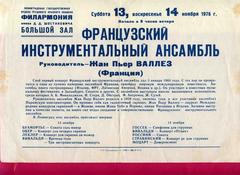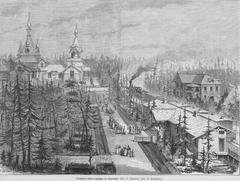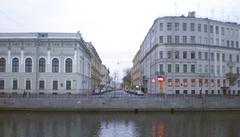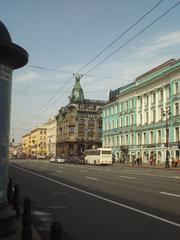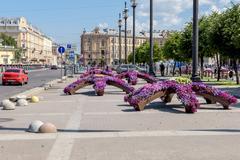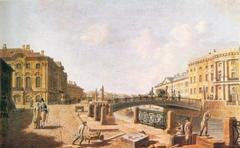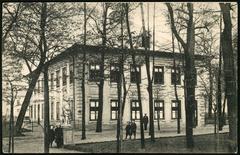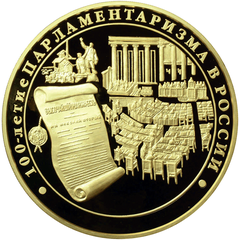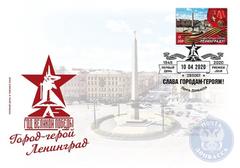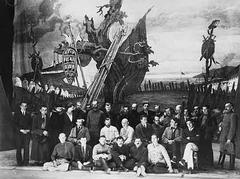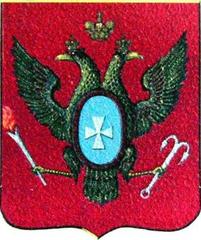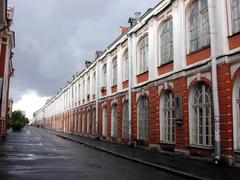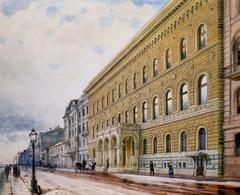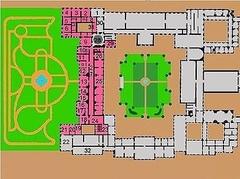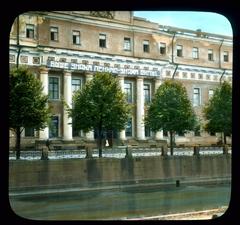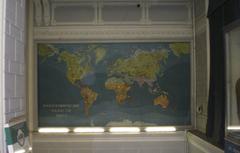
A Complete Guide to Alekseevskiĭ Ravelin: Visiting Hours, Tickets, and Attractions in Saint Petersburg
Date: 04/07/2025
Introduction to Alekseevskiĭ Ravelin
Located within the historic Peter and Paul Fortress on Hare Island, Saint Petersburg, the Alekseevskiĭ Ravelin is a symbol of the city’s military ingenuity and political history. Originally constructed in the early 18th century under Peter the Great, this triangular fortification was both a defensive outwork and later, one of Imperial Russia’s most infamous political prisons. Today, visitors can explore its history through museum exhibitions, learn about its architecture, and discover its broader significance within the context of Saint Petersburg’s imperial legacy. This guide provides comprehensive information on visiting hours, tickets, accessibility, travel tips, and nearby attractions to ensure a rewarding visit. For official updates and detailed visitor information, see the State Museum website, SpottingHistory, and Saint-Petersburg.com.
Table of Contents
- Introduction
- History and Construction
- Evolution as a Political Prison
- Architectural Features
- Cultural and Literary Significance
- Visiting the Alekseevskiĭ Ravelin
- Nearby Attractions
- Facilities and Practicalities
- FAQs
- Conclusion and Travel Tips
- References
History and Construction
The Alekseevskiĭ Ravelin formed part of the original Peter and Paul Fortress, established by Peter the Great in 1703 on Hare Island to defend the new city from Swedish attack (Wikipedia; SpottingHistory). Named after Tsarevich Alexei Petrovich, it was initially constructed using earth and timber and later rebuilt in stone between 1706 and 1740 under architect Domenico Trezzini.
By the 1730s, military engineer V.I. Minikh oversaw further improvements, employing a triangular layout common to 18th-century fortifications. The ravelin shielded the Vasilievskaya curtain and its gates, enhancing the fortress’s eastern defenses and reflecting the influence of European military engineering (certprof.ru; worldhistoryjournal.com).
Evolution as a Political Prison
From its earliest years, the Alekseevskiĭ Ravelin’s role shifted from pure defense to that of a high-security political prison. In 1769, a wooden prison was built within its walls, replaced in 1797 by a stone “Secret House,” notorious for its harsh conditions and isolation. Throughout the 19th century, it confined revolutionaries, writers, and dissidents, including notable figures such as Dostoevsky and Chernyshevsky (saint-petersburg.com).
No successful escapes were ever recorded, and the prison’s grim reputation paralleled that of the Trubetskoy Bastion, which together symbolized the autocratic reach of the Russian state (certprof.ru).
By 1893, the prison was demolished, and the ravelin’s structure repurposed for the Ministry of War’s archive (saint-petersburg.com). Only archaeological traces and records remain today.
Architectural Features
The Alekseevskiĭ Ravelin’s robust stone walls formed a triangular plan that maximized defensive coverage and created overlapping fields of fire. Granite slabs, added in the 1780s, enhanced its durability and appearance. Its design embodies Baroque and early Classical influences, typical of Saint Petersburg’s imperial-era architecture (worldhistoryjournal.com). Inside, thick walls, small barred windows, and heavy doors underscored its function as a prison.
Cultural and Literary Significance
The ravelin’s notoriety as a political prison made it a powerful symbol in Russian culture. Many of its prisoners, such as Dostoevsky, later wrote about their experiences, contributing to the ravelin’s legacy in literature and public memory. Although demolished, the ravelin’s story is preserved in archives, memoirs, and museum exhibitions (certprof.ru).
Visiting the Alekseevskiĭ Ravelin
Hours and Tickets
- General Hours: Daily, 10:00 AM – 6:00 PM (last admission 5:00 PM)
- Seasonal Variations: Reduced hours in winter (typically 11:00 AM – 5:00 PM); closed on Wednesdays and certain holidays (official website)
- Admission: Fortress grounds are free; museum exhibitions, including those related to the ravelin, require tickets (500 RUB adults, 250 RUB students/seniors, children under 7 free)
- Guided Tours: Available in Russian, English, and other languages; book in advance via the official museum website
Accessibility
While most of the fortress grounds are accessible, some areas include uneven surfaces and stairs, a result of historic construction. Wheelchair access is possible in key areas; contact administration for specific needs.
Getting There
- Metro: Gorkovskaya and Sportivnaya stations are a short walk away.
- By Foot: Access via Ioannovsky and Kronverksky bridges.
- By Boat: River cruises often stop nearby.
Tours and Visitor Tips
- Arrive early to avoid crowds, especially in summer.
- Wear comfortable footwear for extensive walking.
- Photography is allowed outdoors; restrictions may apply indoors.
- Consider combined tickets or city passes for broader access (thebrokebackpacker.com).
Nearby Attractions
Enhance your visit by exploring:
- Peter and Paul Cathedral: Burial site of Russian tsars.
- Trubetskoy Bastion: Former political prison with exhibitions.
- Museum of Cosmonautics and Rocket Technology: In the Ioannovskiy Ravelin (History Tools).
- Hermitage Museum and Palace Square: Within walking distance.
Facilities and Practicalities
- Amenities: Restrooms, cafés, souvenir shops, ATMs, and accessible paths.
- Dining: Onsite cafés for snacks; Petrogradsky District nearby for full meals.
- Weather: Dress for the season—winters are cold, summers mild. Bring rain gear as needed (travelallrussia.com).
- Security: Security checks at entrances; keep valuables secure.
Frequently Asked Questions (FAQ)
Q: What are the Alekseevskiĭ Ravelin visiting hours?
A: Typically 10:00 AM–6:00 PM; check for seasonal variations.
Q: How do I purchase tickets?
A: At the fortress ticket office or online via official and authorized vendors.
Q: Is the site accessible for people with disabilities?
A: Most areas are accessible, though some historic sections have stairs or uneven terrain.
Q: Are guided tours available in English?
A: Yes, alongside Russian and other languages.
Q: Can I take photographs?
A: Permitted outdoors; indoor restrictions may apply.
Conclusion and Travel Tips
The Alekseevskiĭ Ravelin, though no longer standing in its original form, remains central to the story of Saint Petersburg’s military and political evolution. Today, its legacy endures through museum exhibitions, cultural memory, and the carefully preserved grounds of the Peter and Paul Fortress. Plan your visit by checking current hours, securing tickets in advance, and considering guided tours for deeper insight. For further information and up-to-date details, visit the official State Museum website and partner resources.
For a more immersive experience, download the Audiala app for audio guides, explore related articles on Saint Petersburg historical sites, and stay updated via social media. Whether you are a history enthusiast, architecture lover, or curious traveler, the Alekseevskiĭ Ravelin offers a compelling journey into Russia’s imperial past.
References and Further Reading
- Alekseevskiĭ Ravelin: A Historic Saint Petersburg Fortress and Political Prison – Visiting Hours, Tickets & Tips, 2025
- Visiting Alekseevskiĭ Ravelin: History, Tickets, and Travel Tips for St. Petersburg’s Historic Fortress, 2025
- Visiting Alekseevskiĭ Ravelin: Hours, Tickets, and Saint Petersburg Historical Sites Guide, 2025
- Alekseevskiĭ Ravelin Visiting Hours, Tickets, and Guide to Saint Petersburg’s Historic Fortress, 2025
- SpottingHistory – Peter and Paul Fortress, 2025
- Russiable – Peter and Paul Fortress St Petersburg, 2025
- The Broke Backpacker – Best Places to Visit in St. Petersburg
- Travel All Russia – St. Petersburg Tours




